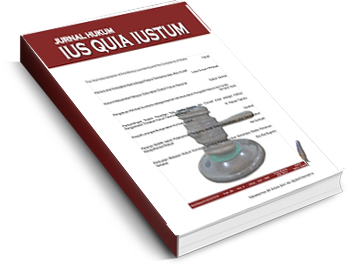Main Article Content
Abstract
Money laundering has a cross-border character and multifaceted nature of criminal activities. In responding to it, trend in anti-money laundering strategy has moved from a domestic to an international level. This trend was marked by the establishment of international legal instruments which were manifested into the internationalization in preventing and controlling this type of crime. At the same time, international standards as well as global regulations have also emerged into global administrative laws and institutions. The question is how far those countries that are involved in the formulation of the international standards have complied with their obligations? This article takes an analytical approach towards the internationalization of anti-money laundering and some of the key issues surrounding the compliance of states. This research was done by using a normative legal approach, sources of data used in this study are primary and secondary legal resources. This research has concluded the internationalization is one of dynamic aspects of anti-money laundering in responding the global character of money laundering practices. Through this feature, anti-money laundering has manifested into ‘international standards’ which involve binding and non-binding rules




